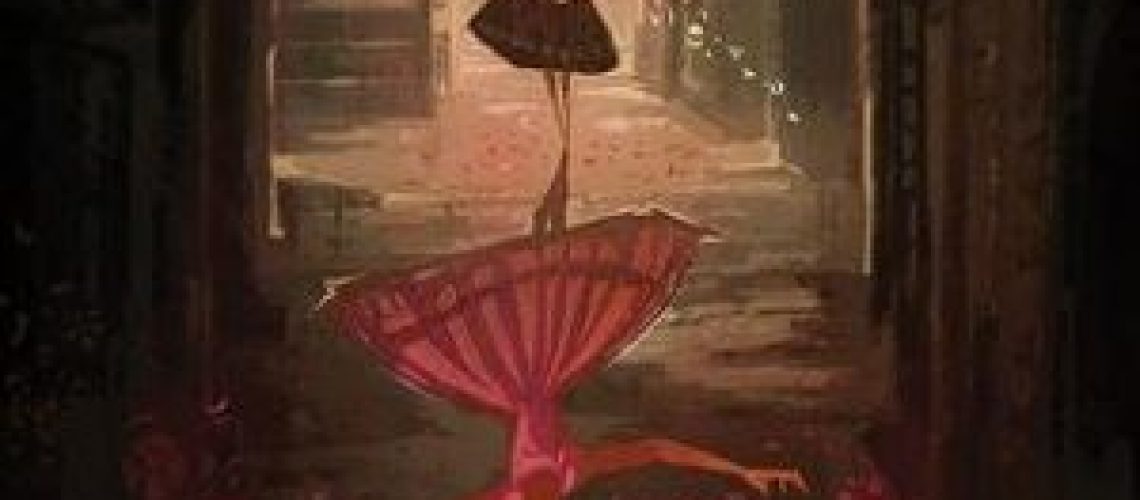Tropes get a lot of bad press even as we crave them. People expect the Happily Ever After for a romantic comedy, but the fiftieth inevitable betrayal by the mentor in an action movie gets seen as being cliched. Movie after movie gets made, and makes box office, with a Chosen One, especially as an origin story, and at the same cry decry it as being more of the same. The website TV Tropes is a time suck, as one can get lost for hours following links on various tropes in movies, books and more, falling into a rabbit hole of storytelling conventions.
So what can be said that is new about tropes? How can they be used, subverted, and rearranged? Upside Down: Inverted Tropes in Storytelling, a diverse anthology and essay collection edited by Jaym Gates and Monica Valentinelli, sets out to do just that.
The book is divided, like Gaul, into three parts. In Part One, Inverting the Tropes, a selection of stories is presented, with a piece of poetry by Valya Dudycz Lupescu to kick off the section. Each of the stories inverts or subverts a particular trope, even while at the same time trying to tell a good story. In Part Two, the anthology gets under the hood of tropes and storytelling with a diverse set of essays on the use of tropes in genre. Part Three lifts the curtain and lists the tropes that were explored in Part I, briefly outlining the trope and offering commentary from the author of the story that trope is linked to as to how and why they picked that particular trope for their story.
I found reviewing the contents of each story without tipping one’s hand as to what trope is being used and subverted to be a rather difficult task that I have decided not to attempt. That would spoil half of the value in reading this collection. The collection and anthology itself did skew, in my reading of it, more toward the intellectual than for the simple pleasure of the fiction and essays within. I found my writer brain constantly engaged, trying to figure out what trope was at use, and how it was being subverted. This is not to say that stories like Mike Underwood’s “Can you tell me how to get to Paprika Place” or “Hamsa, Hamsa, Hamsa, Tfu, Tfu, Tfu” by Alisa Schreibman were not entertaining, excellent stories that would be at home in many other venues. But I did keep looking for the man behind the curtain each and every story I read.
I think the anthology is most valuable for writerly types, those who are extremely interested in how stories work, the reused trope parts, and what can be done to avoid uninteresting repetition. More casual readers might be interested in the book if they want to take their first steps into another world. The contributors list, itself, is a valuable resource into the kinds of authors who are willing to not only engage with tropes in a new way, but they think about them, here and in other works of theirs. The book stands well as a signpost, and completely fulfills its mission.
SECTION I: INVERTING THE TROPES
On Loving Bad Boys: A Villanelle — Valya Dudycz Lupescu
Single, Singularity — John Hornor Jacobs
Lazzrus — Nisi Shawl
Seeking Truth — Elsa Sjunneson-Henry
Thwock — Michelle Muenzler
Can You Tell Me How to Get to Paprika Place? — Michael R. Underwood
Chosen — Anton Strout
The White Dragon — Alyssa Wong
Her Curse, How Gently It Comes Undone — Haralambi Markov
Burning Bright — Shanna Germain
Santa CIS (Episode 1: No Saint) — Alethea Kontis
Requiem for a Manic Pixie Dream — Katy Harrad & Greg Stolze
The Refrigerator in the Girlfriend — Adam-Troy Castro
The First Blood of Poppy Dupree — Delilah S. Dawson
Red Light — Sara M. Harvey
Until There Is Only Hunger — Michael Matheson
Super Duper Fly — Maurice Broaddus
Drafty as a Chain Mail Bikini — Kat Richardson
Swan Song — Michelle Lyons-McFarland
Those Who Leave — Michael Choi
Nouns of Nouns: A Mini Epic — Alex Shvartsman
Excess Light — Rahul Kanakia
The Origin of Terror — Sunil Patel
The Tangled Web — Ferrett Steinmetz
Hamsa, Hamsa, Hamsa, Tfu, Tfu, Tfu. — Alisa Schreibman
Real Women Are Dangerous — Rati Mehrotra
SECTION II: DISCUSSING THE TROPES
I’m Pretty Sure I’ve Read This Before … — Patrick Hester
Fractured Souls — Lucy A. Snyder
Into the Labyrinth: The Heroine’s Journey — A.C. Wise
Escaping the Hall of Mirrors — Victor Raymond
Tropes as Erasers: A Transgender Perspective — Keffy R.M. Kehrli
SECTION III: DEFINING THE TROPES
Afterword — Monica Valentinelli & Jaym Gates
Trope Definitions/Index of Tropes








